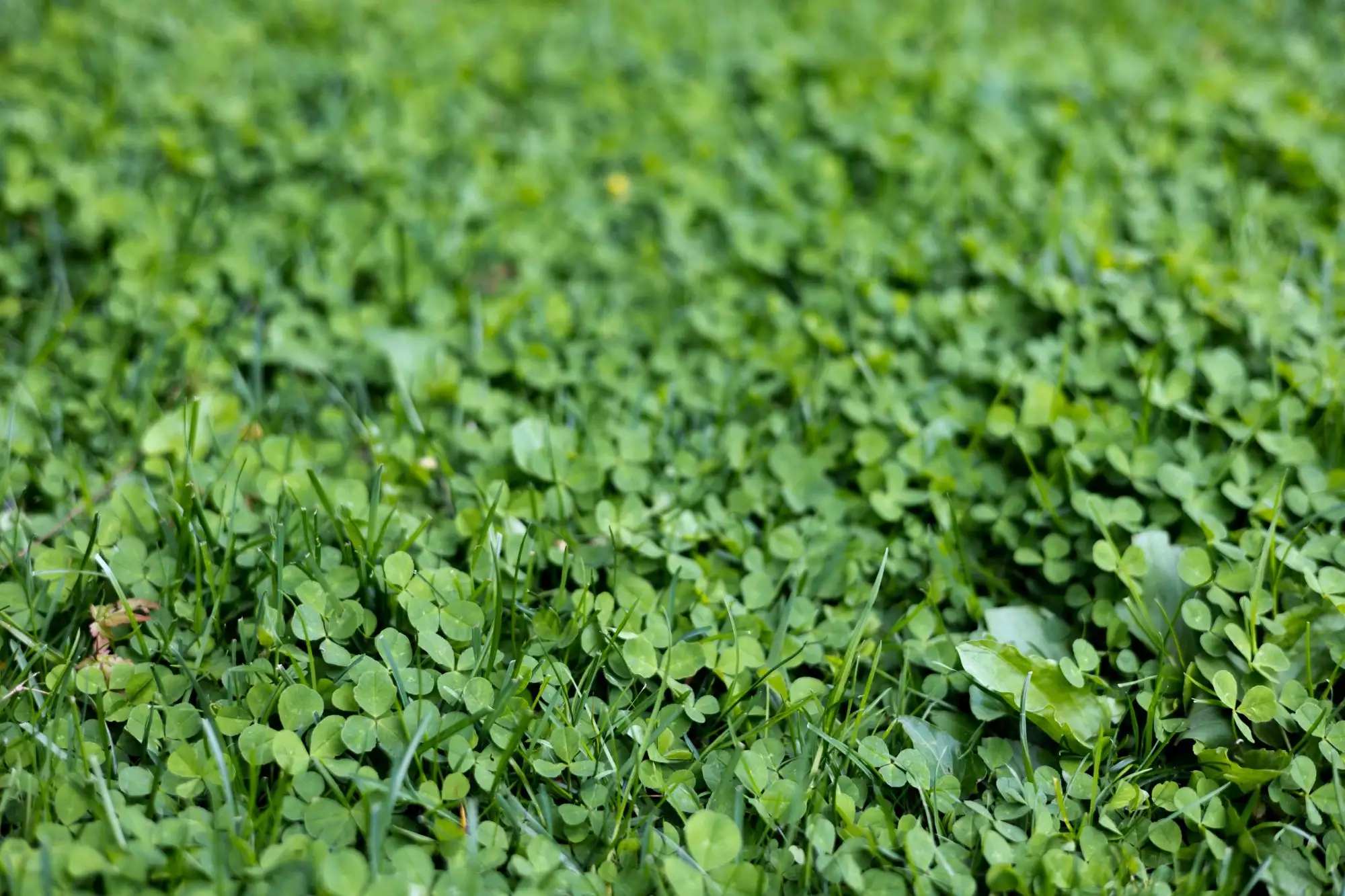Clover comes in many varieties and its deer attracting ability, nutritional qualities and its resilience in food plots has made clover one of the favorites of wildlife managers country wide. It does however have another reputation in some circles… And that is for being difficult to grow.
Clover is indeed a great forage crop and it does have certain requirements that non-legumes don’t require. If you are prepared to put in a little work these needs can easily be met by any attentive farmer/hunter/manager.
Before it gets planted: The first requirement is not unlike the requirements of other forage crops. pH should have been adjusted well before planting and seedbed preparation should begin with a very thorough disking (the working of the upper layer of the soil with things such as disk harrows or a shallow plow) of the selected site in September. The food plot should then be harrowed to achieve a uniform planting surface. This is the first step that can be overlooked with some other forages that one should pay special attention to with clover.
Now the big difference!!! Clover needs to be properly inoculated with live bacteria in order for it to grow properly. Proper inoculation will greatly improve the productivity of your plot, and I can’t emphasize this enough, greatly increase forage production.
What is all this inoculation business and what does it do? Clovers are a legume which means they are able to get nitrogen from the air for their own use, unlike all other non-legume plants. However clover is only able to use nitrogen from the air if Rhizobium bacteria are present in nodules of their roots. To ensure that the the Rhizobium bacteria is present you will need to provide those live bacteria initially; therefore the need for inoculant.
Clover seed Inoculant is applied to the clover seed before planting. Inoculants must also include an adhesive to hold the inoculant to the seed. Some people don’t use a sticking agent but they are doing themselves a great disservice. Use of a sticking agent will give a much better chance of success especially if you end up planting under dry conditions. Subsequent planting in a clover plot requires less stringent application of bacteria on the hunters part due to the existence of the bacteria in the soil from previous crops.
Commercial sticking agents are available but a cheap alternative often used is just regular softdrink. Seed should be lightly moistened with the sticking agent and then mix the inoculant in with the seed until all seeds are covered. Don’t skimp on the mixing. Allow the seed to air dry in order to ensure even distribution. You want the seeds to spread as individuals not in large clumps. It seems best to inoculate the seed a few hours before planting.
Several precautions need to be followed when planting forage legumes. Rhizobium bacteria are very susceptible to heat so inoculant should be stored in a refrigerator until ready to plant. Inoculated seed should only be planted when soil contains sufficient moisture.
Although the seed might survive if planted on dry soil, most of the bacteria will die before the seed germinates, resulting in poor forage production.

Today many clovers can be purchased preinoculated. Preinoculated seeds will have a lime coating that sticks to the seed. Unfortunately the bacteria will not remain alive for long periods of time like this. That is why buying preinoculated seed off the shelf can sometimes be an exercise in frustration. Fresh seed should be stored in a cool location until planted. Can you trust your local hardware store to have always properly stored the seed??? And how long has it been on the shelf???
When planting seeds should be evenly broadcast over the food plot. After seeding, cover the broadcast seed by lightly harrowing. Clover seed are very small so care should be taken to ensure that it isn’t planted to deeply. Cover 1/8 to 1/4 inch only to ensure that the seeds are not covered by more than a 1/2 inch of soil. A culti-packer can now be used to insure seed to soil contact.
Some hunting clubs will even bypass the harrowing and go straight to the culti-pack. Adequate soil moister and rain is more critical if done this way.

